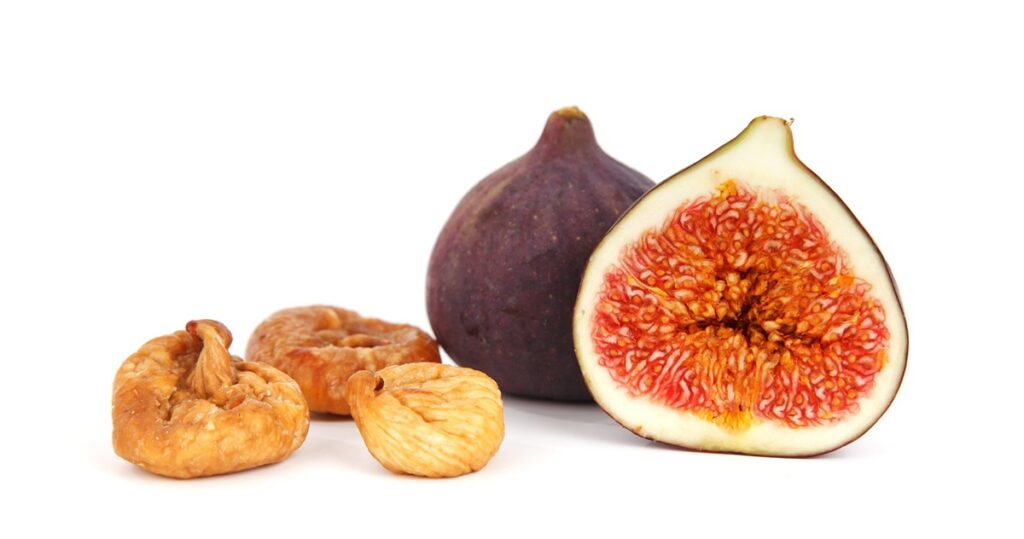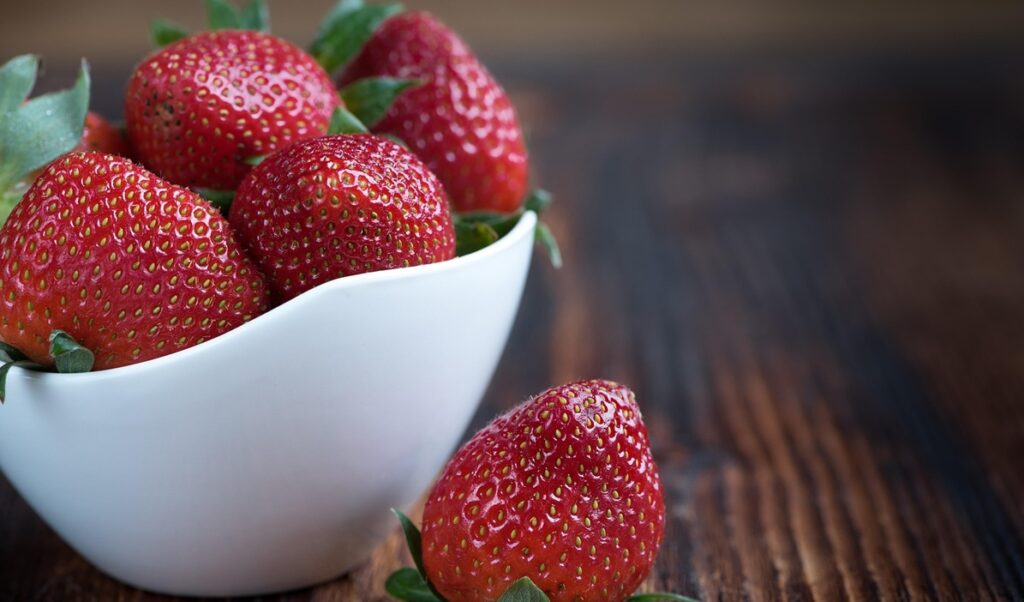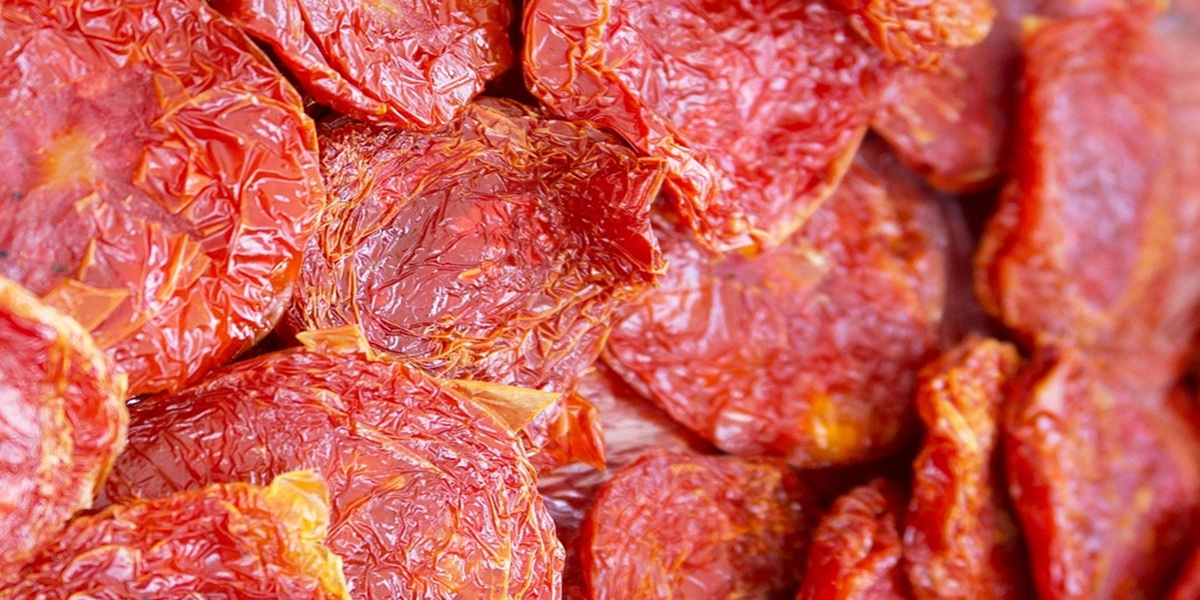Dried Fruits have been a popular snack for centuries, known for their convenience and extended shelf life. They offer a concentrated source of vitamins, minerals, and fiber, making them an excellent choice for busy individuals looking for a quick nutritional boost. However, not all dried fruits are created equal; some contain added sugars and preservatives that can diminish their health benefits. According to a study published in the Journal of the Academy of Nutrition and Dietetics, people who include dried fruits in their diets tend to have higher intakes of essential nutrients like potassium and fiber. On the flip side, their high-calorie density can lead to overeating if not consumed mindfully. This article explores the pros and cons of dried fruits, backed by scientific evidence, to help you make informed decisions. Keep reading to discover how to incorporate dried fruits into a balanced diet effectively.
Nutritional Benefits of Dried Fruits — Vitamins, Minerals, and Fiber
• Dried Fruits retain most of their vitamins and minerals, especially iron, potassium, and antioxidants.
• The dehydration process concentrates these nutrients, making even a small portion nutrient-dense.
• A study published in the Journal of Food Science found that dried apricots contain up to 20% more antioxidants than their fresh counterparts.
• However, vitamin C is highly sensitive to heat and may degrade during the drying process.
• Choosing unsweetened dried fruits ensures you get the maximum nutritional benefits without added sugars.
Dried Fruits and Sugar Content — A Double-Edged Sword
• Dried Fruits are naturally high in sugars due to the concentration effect of removing water.
• Some manufacturers add additional sugars, significantly increasing the glycemic load.
• Research from the American Heart Association recommends limiting added sugars to 25–37 grams per day for adults to reduce the risk of heart disease.
• Opt for dried fruits labeled as “no added sugar” to minimize this risk.
• Reading ingredient labels carefully can help avoid hidden sugars.

Calorie Density of Dried Fruits — How to Avoid Overeating
• The removal of water makes dried fruits more calorie-dense than fresh fruits.
• For instance, one cup of fresh grapes has about 60 calories, while one cup of raisins contains over 400 calories.
• A study in the British Journal of Nutrition suggests consuming dried fruits in moderation as part of a balanced diet.
• Portion control is essential; a small handful (about 30 grams) is a healthy serving size.
• Pairing dried fruits with nuts can help manage sugar absorption and keep you full longer.
Antioxidants in Dried Fruits — Combatting Free Radicals
• Dried Fruits, especially berries like cranberries and blueberries, are packed with antioxidants such as polyphenols.
• Antioxidants help neutralize free radicals, reducing inflammation and the risk of chronic diseases.
• According to a study by the University of Oslo, dried figs have one of the highest antioxidant capacities among dried fruits.
• Consuming a mix of dried fruits can maximize antioxidant intake.
• For best results, choose sun-dried or freeze-dried options without added chemicals.
Practical Tips for Incorporating Dried Fruits into Your Diet
• Use dried fruits as a topping for oatmeal, yogurt, or salads to enhance flavor and nutrients.
• Mix them into homemade energy bars or trail mixes for a convenient snack.
• Replace candy or other high-sugar snacks with a small portion of dried fruits to satisfy sweet cravings.
• Rehydrate dried fruits by soaking them in water for a softer texture and reduced sugar concentration per bite.
• Be mindful of portion sizes to avoid consuming too many calories at once.
Dried Fruits and Blood Sugar Levels — Managing the Glycemic Impact
• Dried Fruits have a higher glycemic index (GI) compared to fresh fruits due to their concentrated sugars.
• The glycemic index of dried fruits can vary; for instance, dates have a GI of around 103, while prunes have a GI of 29.
• A study published in the American Journal of Clinical Nutrition found that low-GI dried fruits, like prunes and apricots, can help regulate blood sugar levels.
• Combining dried fruits with protein or healthy fats can slow sugar absorption, preventing spikes in blood glucose.
• Diabetics should opt for low-GI dried fruits in controlled portions to manage blood sugar effectively.
Preservatives in Dried Fruits — Understanding Sulfites and Additives
• Many commercial dried fruits contain sulfites to enhance color and prolong shelf life.
• Sulfites can cause allergic reactions in sensitive individuals, leading to symptoms like headaches, hives, or respiratory issues.
• According to the Food and Drug Administration (FDA), about 1% of the population is sensitive to sulfites.
• Choosing organic or unsulfured dried fruits reduces the risk of ingesting these additives.
• Reading labels carefully is crucial to avoid preservatives that may affect your health.

Weight Management with Dried Fruits — Healthy or Fattening?
• Dried Fruits can support weight management when consumed in moderation due to their high fiber content, which promotes satiety.
• A study in the Nutrition Journal found that individuals who consumed dried fruits regularly were 10% less likely to be overweight due to higher fiber intake.
• However, their high-calorie density can lead to unintentional overeating.
• Balancing dried fruits with low-calorie, high-protein foods can help manage weight effectively.
• Tracking portions and avoiding those with added sugars are essential for weight control.
Dried Fruits and Digestive Health — Benefits and Precautions
• The fiber in dried fruits, particularly soluble fiber, aids in preventing constipation and maintaining gut health.
• Prunes, for example, are rich in sorbitol, a natural laxative that supports regular bowel movements.
• A study from the World Journal of Gastroenterology demonstrated that consuming 50 grams of prunes daily can significantly improve bowel function.
• However, excessive intake of dried fruits can lead to bloating or digestive discomfort due to high fiber content.
• Drinking enough water alongside dried fruits helps ease digestion and prevent bloating.
How to Choose the Healthiest Dried Fruits — A Buyer’s Guide
• Opt for dried fruits labeled “no added sugar” and “unsulfured” to avoid hidden sugars and preservatives.
• Organic dried fruits are free from synthetic pesticides and additives, making them a safer choice.
• Check the ingredient list for hidden sugars like glucose syrup, fructose, or artificial sweeteners.
• A study published in the Journal of Agricultural and Food Chemistry found that freeze-dried fruits retain more nutrients than traditionally dried options.
• Choosing freeze-dried fruits ensures higher vitamin retention and lower sugar concentration per serving.
Dried Fruits — Finding the Right Balance
Dried Fruits offer a convenient and nutrient-dense option for those seeking to enhance their diet. They provide essential vitamins, minerals, and fiber, making them a beneficial snack when consumed in moderation. However, the high concentration of natural sugars and potential added preservatives raise concerns about their impact on blood sugar levels and overall calorie intake. A study from Harvard School of Public Health highlighted that people who eat dried fruits regularly have a 12% lower risk of heart disease due to their antioxidant content. To maximize the benefits, it’s crucial to choose unsweetened and preservative-free options and to control portion sizes. By balancing dried fruits with fresh fruits and other whole foods, you can enjoy their advantages without the drawbacks. So, whether you’re looking to boost your fiber intake or add a quick source of energy to your day, understanding the facts about dried fruits is the first step to making healthier choices.




